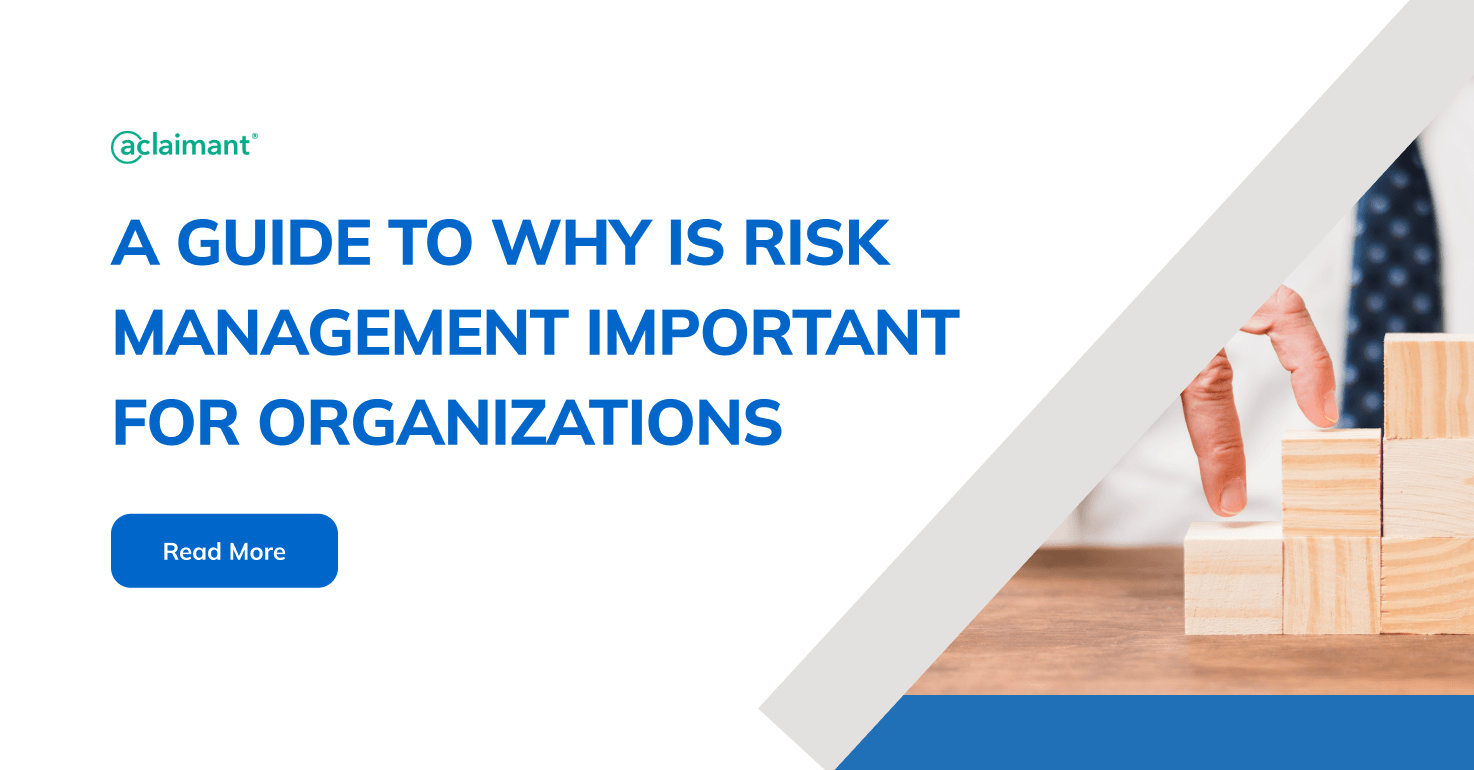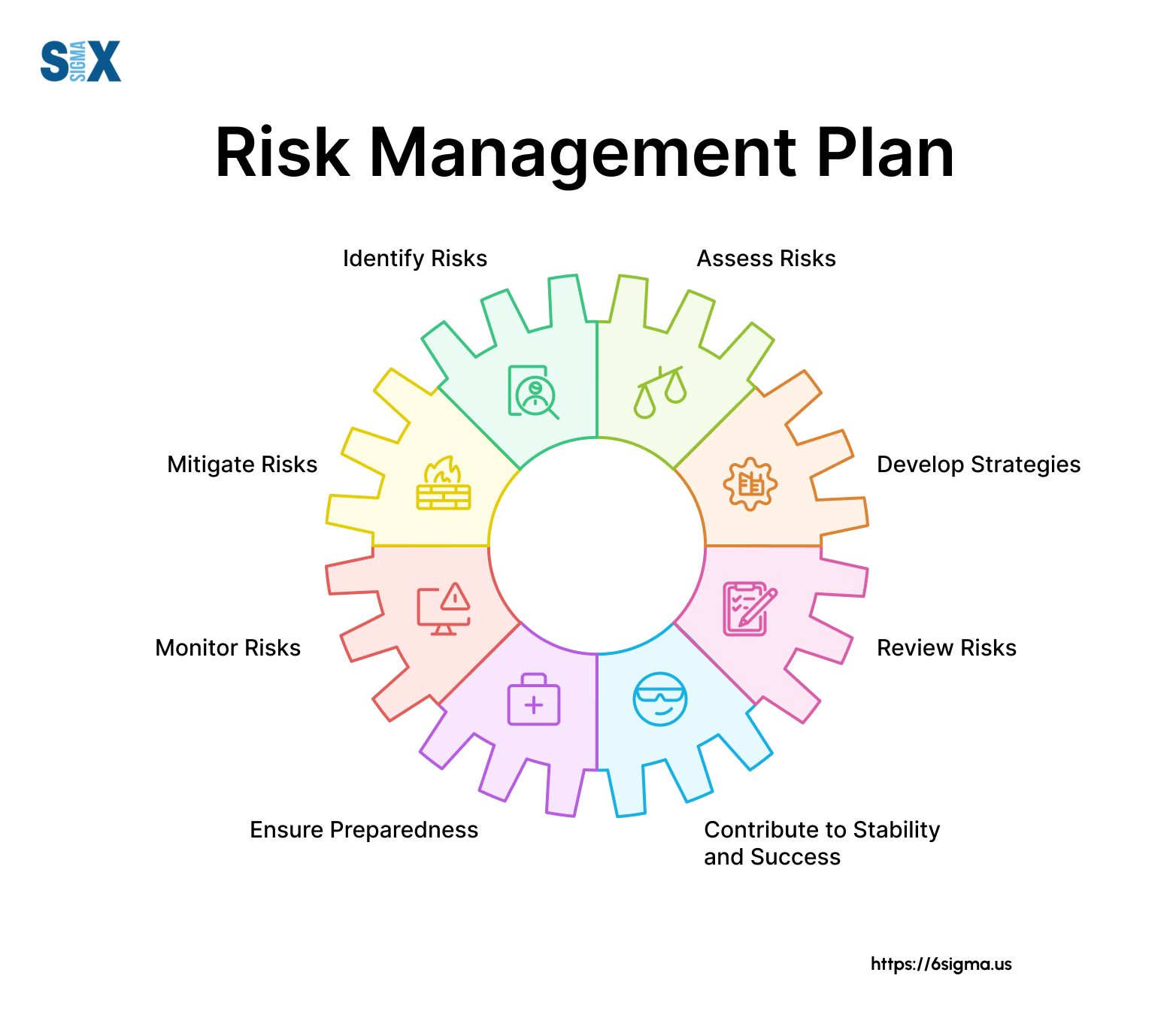Navigating the Difficulties: Understanding the Importance of Risk Management
Navigating the Difficulties: Understanding the Importance of Risk Management
Blog Article
The Essential Significance of Risk Management in Achieving Organizational Goals
This is where Risk Management actions in, providing a structured method to determining, assessing, and mitigating possible obstructions to advance. As we discover the critical role of Risk Management in attaining organizational goals, one can not aid but wonder: how does this translate into real-world success?
Comprehending the Idea of Risk Management in Service

The Important Function of Risk Management in Strategic Planning
Integrating Risk Management right into calculated preparation acts as a safeguard for companies, anchoring their long-lasting plans with a strong foundation of preparedness and strength. Risk Management uses a structure for expecting unpredictabilities and developing ideal reactions, making certain the company's survival and success even in the face of misfortune. By incorporating Risk Management into calculated planning, companies can transform these unpredictabilities into opportunities for growth and development.

Strategies for Identifying, Assessing, and Prioritizing Dangers
The process starts with Risk recognition, utilizing devices such as SWOT analysis, which aids in pinpointing possible threats and possibilities. Next off, Risk evaluation is performed to ascertain the prospective impact and chance of each Risk. Risks are focused on based on their prospective impact and possibility, enabling companies to concentrate their sources on critical risks.
Safeguarding Organizational Procedures Through Efficient Risk Management
In the company landscape fraught with uncertainties, efficient Risk Management plays a pivotal duty in securing business procedures. By identifying and examining possible threats, Risk Management enables companies to develop robust backup plans. Companies need to invest in comprehensive Risk Management techniques to guard their procedures.

Transforming Prospective Threats to Opportunities: The Power of Risk Management
A positive method to risk Management includes determining, examining, and prioritizing risks to develop techniques that transform them right into prospective advantages. Thus, by leveraging the power of Risk Management, companies can not just guard their procedures however also stimulate development and accomplish their goals in pop over to these guys an unforeseeable company environment.
Instance Studies: Success Stories of Risk Management Driving Service Objectives
Effective execution of Risk Management techniques has yielded excellent lead to numerous organizations, emphasizing the merits of this approach. Multinational business like Microsoft and Google, for circumstances, have actually leveraged Risk Management to decrease hazards and manipulate chances, driving their service goals ahead. Microsoft's proactive Risk Management technique aided it pivot quickly throughout the 2020 pandemic, transitioning to remote job smoothly, thus preserving efficiency. Google, by analyzing and mitigating prospective threats in its cloud-based services, has actually ensured uninterrupted service, thus reinforcing client count on. These examples show exactly how effective Risk Management can not just steer companies free from prospective pitfalls yet likewise direct them towards their strategic goals. Thus, Risk Management is look at this website important to the pursuit of organizational goals.
Verdict
Finally, Risk Management is basically important in attaining business goals. It provides an organized strategy to identifying, analyzing, and attending to possible threats and opportunities. Even more than simply mitigating dangers, it also promotes development, resilience, and lasting growth. By integrating Risk Management into strategic planning, companies can much better browse unpredictabilities, safeguard procedures, and capitalise on opportunities, thereby aligning with long-term goals.
At its core, Risk Management is the process of identifying, examining, and attending to prospective threats that might negatively impact a company's procedures or goals. Next, Risk evaluation is conducted to ascertain the possible influence and possibility of each Risk. Dangers are prioritized based on their potential effect and possibility, allowing companies to focus their resources on critical dangers. By identifying and assessing prospective risks, Risk Management makes it possible for companies to establish durable contingency plans. A proactive Continue strategy to take the chance of Management includes identifying, examining, and prioritizing threats to create techniques that transform them right into prospective advantages.
Report this page